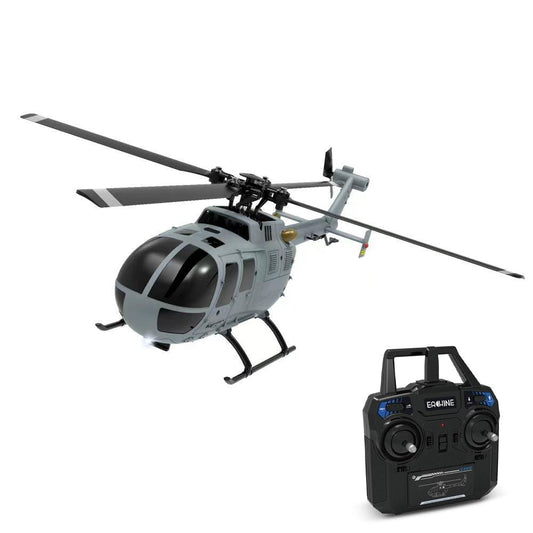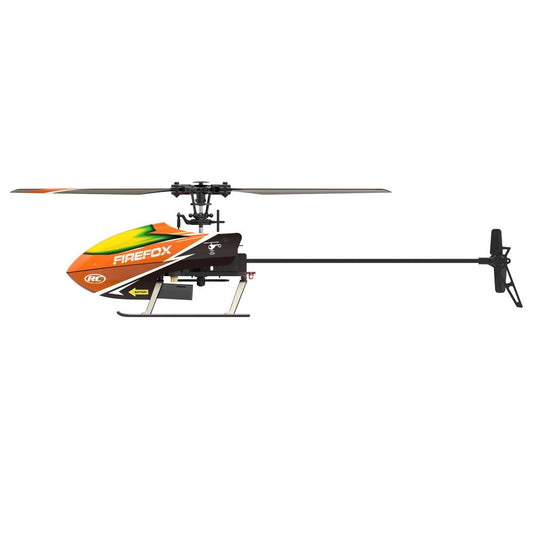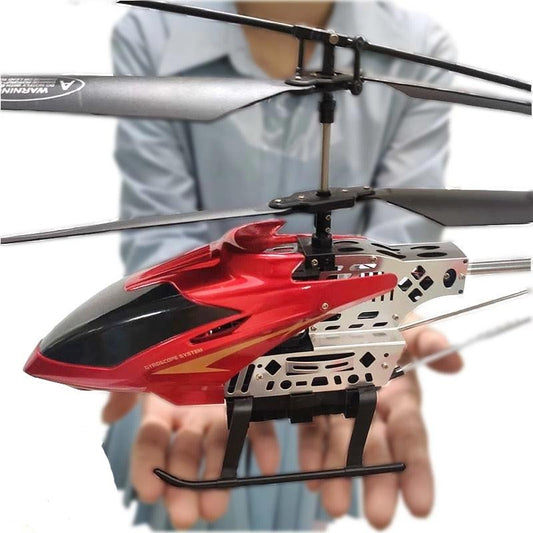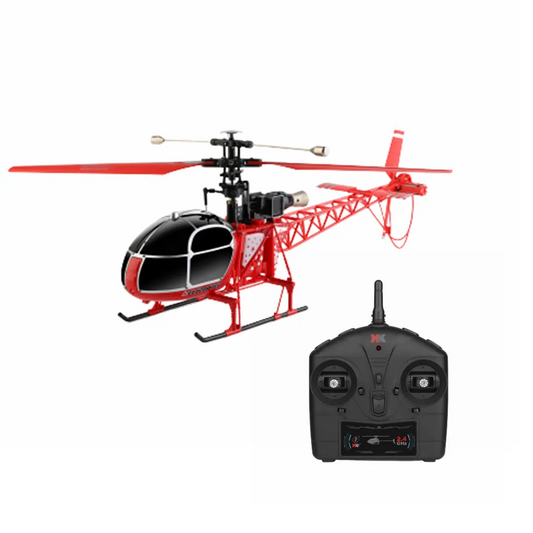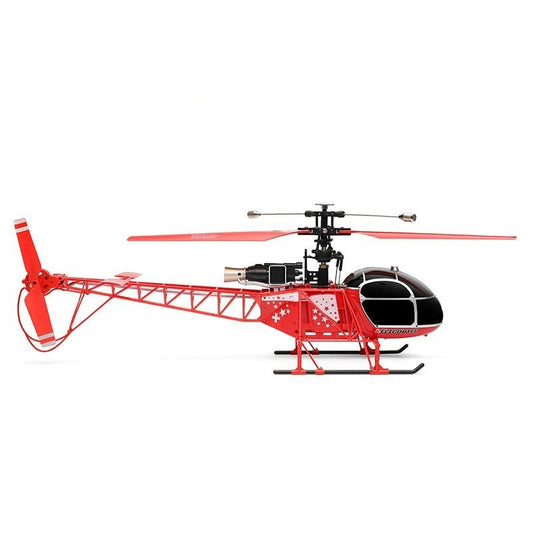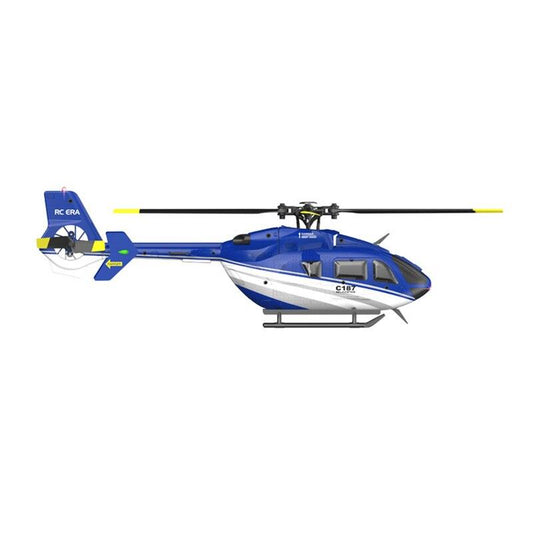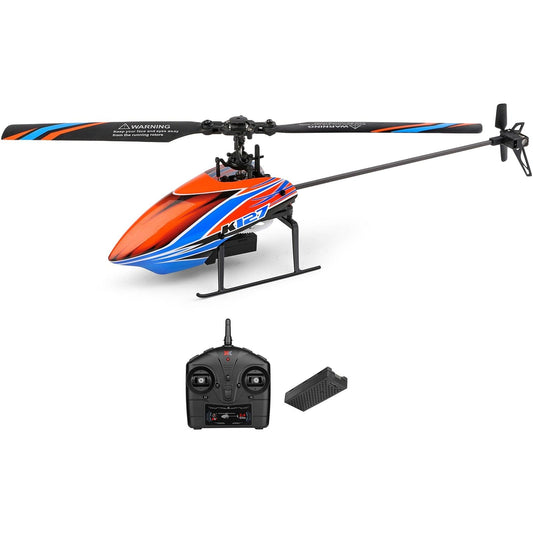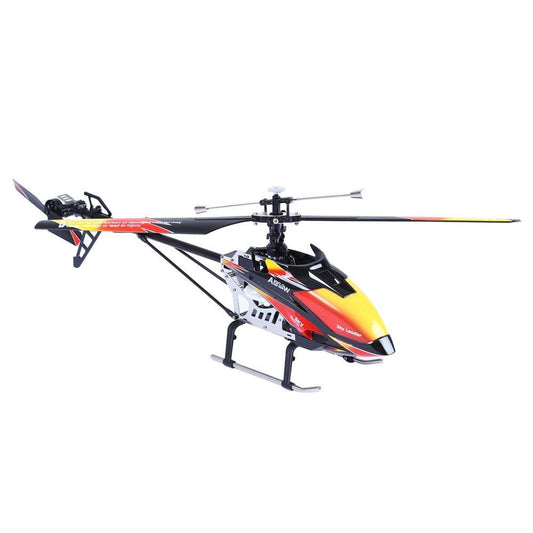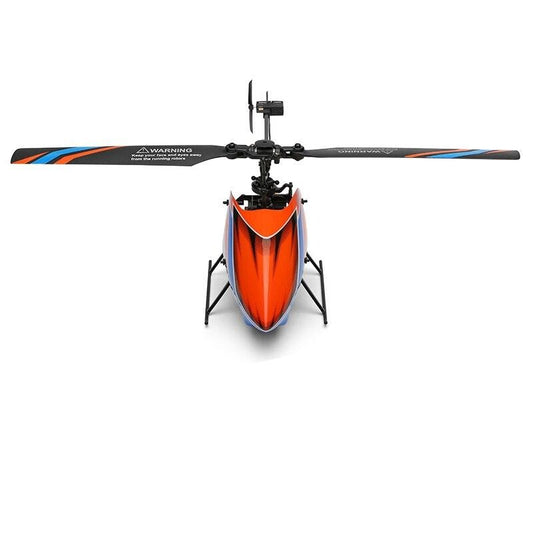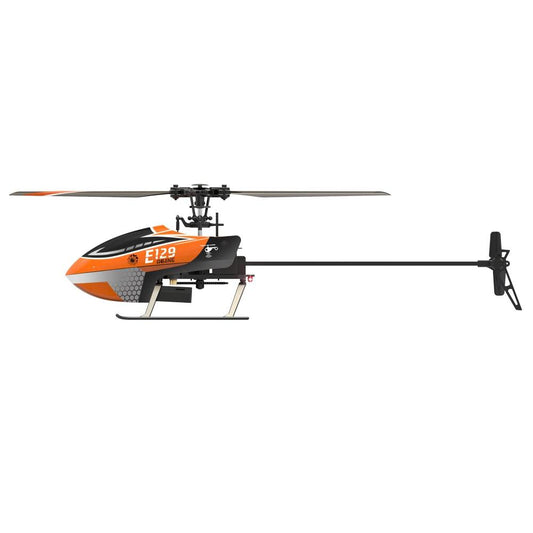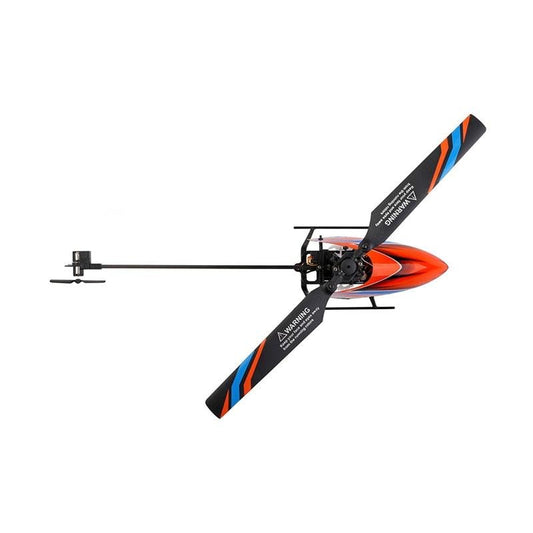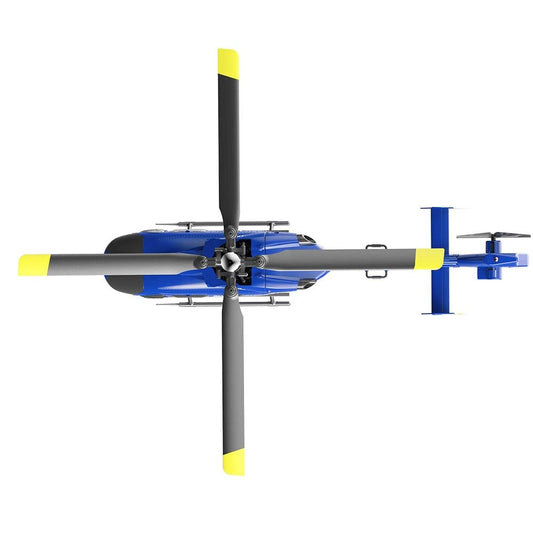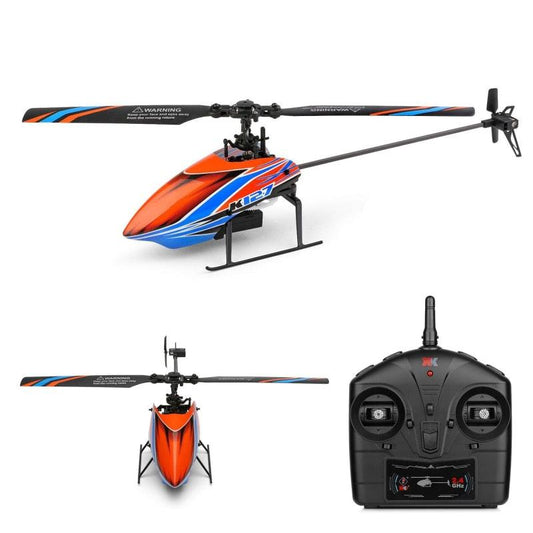-
Eachine E120 RC Helicopter - 2.4G 4CH 6-Axis Gyro Optical Flow Localization Flybarless Scale Helicopter
Regular price From $107.62 USDRegular priceUnit price per -
FIREFOX C129 Rc Helicopter - 4CH 6-axis Gyro Mini RC Helicopter Toys Gift for Adult Kids VS C119 / V911S Upgrade Version
Regular price From $71.43 USDRegular priceUnit price per -
Large Rc Helicopter - 50 CM 4ch Professional Outdoor Big Size Altitude Hold LED Lights Alloy For Adults Toys for Kids Boy
Regular price From $31.52 USDRegular priceUnit price per -
Wltoys XK V915-A RC Helicopter RTF 2.4G 4CH Double Brush Motor Fixed Height Outdoor Aircraft Hobby Professional Drone
Regular price From $53.57 USDRegular priceUnit price per -
Wltoys V915-A RC Helicopter RTF - 2.4G 4CH Dual Brush Motor Control Avion Fixed Height Aircraft Drone Gift for Aldult Friends
Regular price From $108.06 USDRegular priceUnit price per -
RC ERA C187 Rc Helicopter - 2.4G 4CH Single Blade EC-135 Scale 6-Axis Gyro Electric Flybarless RC Remote Control Helicopter RTF VS Eachine E120
Regular price From $118.74 USDRegular priceUnit price per -
Wltoys K127 Rc Helicopter - V911S Upgraded 2.4G 4CH 6G 6-Axis Gyro Aileronless RC Helicopter RTF RC Airplane Children's Gift Fun
Regular price From $76.48 USDRegular priceUnit price per -
WLtoys V913 RC Helicopter - Brushed Helicopter Single Propeller 2.4G 4CH MEMS Gyro Big Extra Large RC Helicopter with LCD Transmitter RTF
Regular price $243.72 USDRegular priceUnit price per -
WLtoys K127 Helicopter - 2.4Ghz 4CH 6-Aixs Gyroscope Single Blade Propellor Gyro Mini RC Helicotper For Kids Gift RC Toys v911
Regular price From $91.45 USDRegular priceUnit price per -
Eachine E129 RC Helicopter - 2.4G 4CH 6 Axis Gyro Altitude Hold Flybarless RTF Optional Mode Right and Left Hand Upgrade E119 Toys
Regular price From $99.85 USDRegular priceUnit price per -
WLtoys K127 Helicopters - 2.4Ghz 4CH 6-Aixs Gyroscope Flybarless Altitude Hold RC Helicotper For Kids Gift Toys
Regular price From $28.26 USDRegular priceUnit price per -
C187 RC Helicopter -2.4G 4CH 6-Axis Gyro Altitude Hold Flybarless EC135 Scale RC Helicopter RTF
Regular price $111.94 USDRegular priceUnit price per -
WLtoys K127 RC Helicopter - 2.4G 4CH 6-Aixs Gyroscope Single Blade Propellor Helicopters for Kids Gift Toys
Regular price From $63.72 USDRegular priceUnit price per
